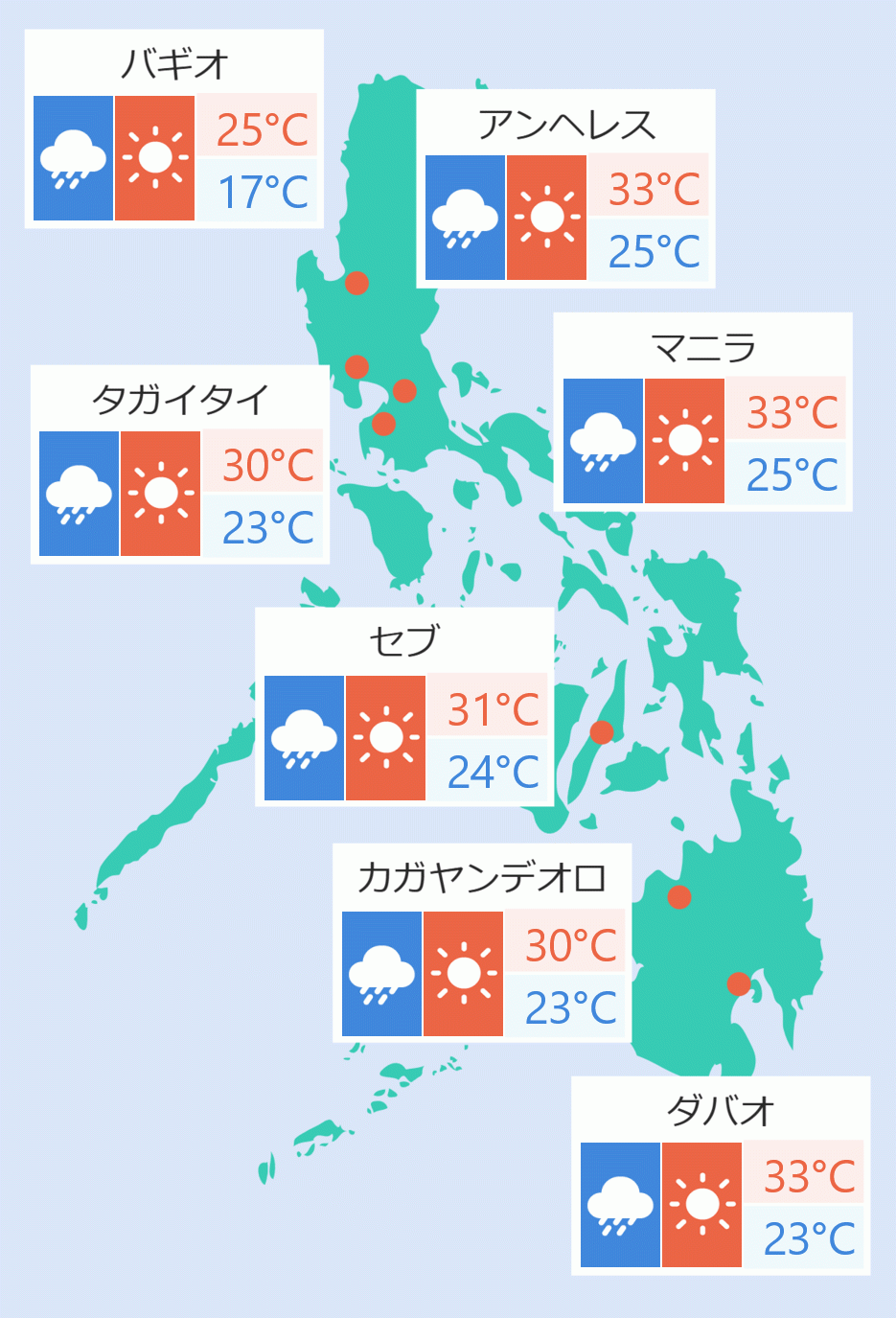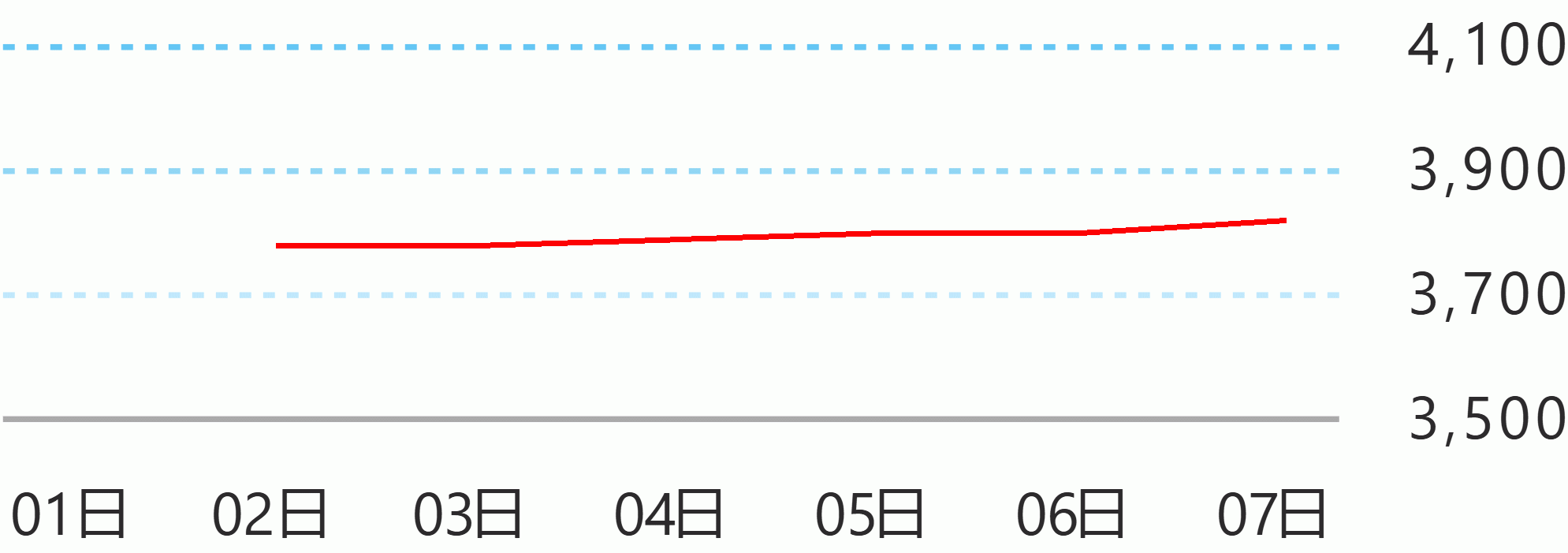The government is accelerating a comprehensive set of interventions to mitigate the impact of rising commodity prices, the National Economic and Development Authority (NEDA) said.
The Philippine Statistics Authority reported Friday that the headline inflation increased from 4 percent in March to 4.9 percent in April. This is the highest inflation rate since 2019 after the consumer price index was rebased to 2018 from 2012. Year-to-date inflation settled at 3.7 percent, within the 2 to 4 percent target for 2022.
“World commodity prices remain high as a consequence of the ongoing Russia-Ukraine war. The impact is felt domestically not just on food and basic goods but also on transport and utilities. To address this, we have put in place a comprehensive set of interventions for all affected sectors,” said Socioeconomic Planning Secretary Karl Kendrick Chua.
Food inflation increased from 2.8 percent in March to 4 percent in April. Faster inflation rates for meat, fish, vegetables, sugar, flour, and oils contributed to higher food inflation.
In contrast, rice inflation remained at 1.6 percent due to the implementation of the Rice Tariffication Law and Executive Order (EO) No. 135, series of 2021, which diversified the country’s rice sources.
Meanwhile, non-food inflation increased from 5 percent to 5.4 percent, mainly due to elevated oil prices.
Electricity, gas, and other fuels for household inflation increased from 17.4 percent to 19.9 percent. Transport inflation also increased from 10.3 percent to 13 percent, with private transport inflation rising from 35.2 percent to 44.4 percent.
On the other hand, public transport inflation remained muted at 0.8 percent as fares were unchanged.
The Economic Development Cluster (EDC) has recommended several interventions to manage supply and temper the rising prices of key commodities.
To expand food supply, the EDC recommended the extension of EOs Nos. 134 and 135 and a temporary reduction of the most favored nation (MFN) tariff rate for corn to five percent in-quota and 15 percent out-quota with a minimum access volume of four million metric tons until December 2022.
EO No. 134 aims to expand supply and further reduce prices of pork by extending the lower tariff of 15 percent in quota and 25 percent out quota.
Meanwhile, EO No. 135 seeks to diversify rice sources by temporarily reducing MFN tariff rates on imported rice to 35 percent from 40 to 50 percent.
The EDC also recommended importing more wheat and producing more cassava as feeds substitute to augment the alternatives for corn.
In addition, the government is providing fuel subsidies for public utility vehicle (PUV) drivers and farmers to address rising fuel prices.
As of April 30, around 180,000 PUV drivers and operators have received their PHP 6,500 fuel subsidy from the Pantawid Pasada program.
The Department of Energy also continues its efforts to secure P1 to 4 per liter discounts from private oil companies for the public transport sector. Likewise, the Department of Agriculture is implementing a fuel subsidy program for 158,730 corn farmers and fisherfolk.
The EDC also recommended temporarily reducing the MFN tariff rate for coal to zero percent until December 2022 and maintaining its buffer stock at the current 30 days minimum inventory.
“The government is accelerating the implementation of these interventions to temper the impact of inflation and rising prices. In the meantime, as we shift more areas in the country to alert level 1, we expect to accelerate our recovery and increase our economy’s resilience from external shocks,” said Chua. NEDA Public Affairs





 English
English









